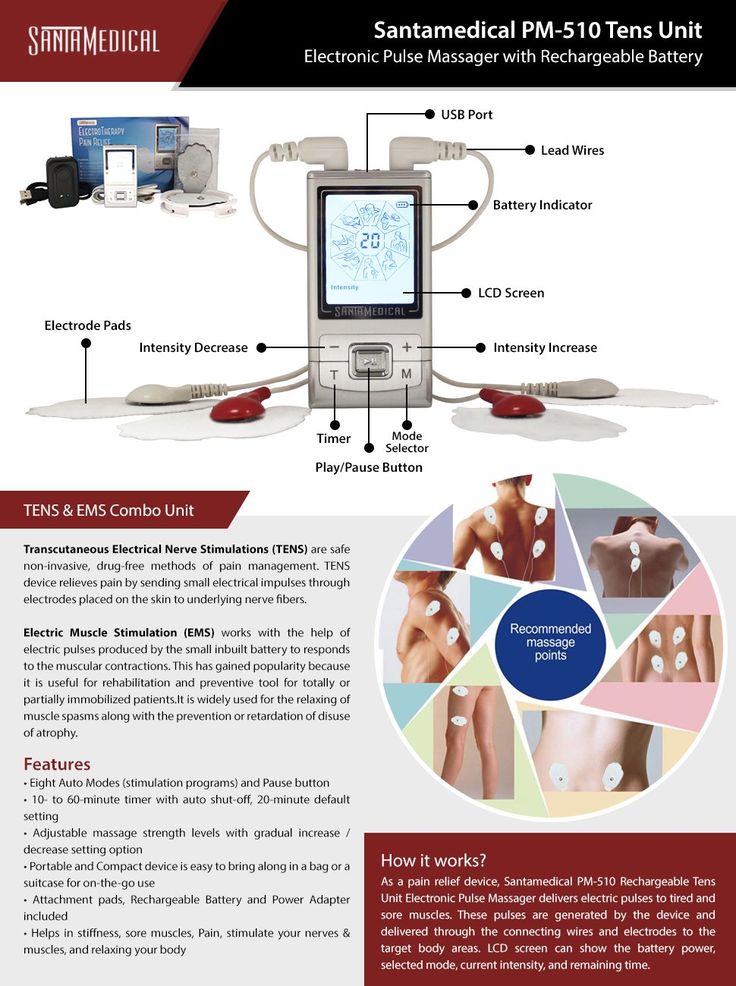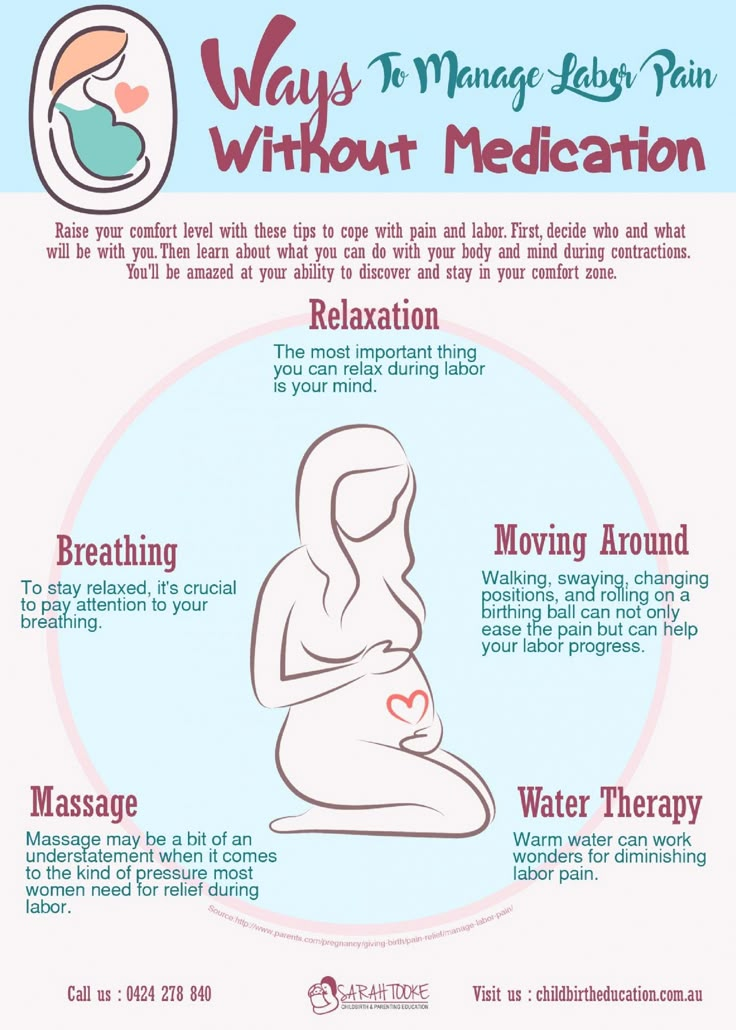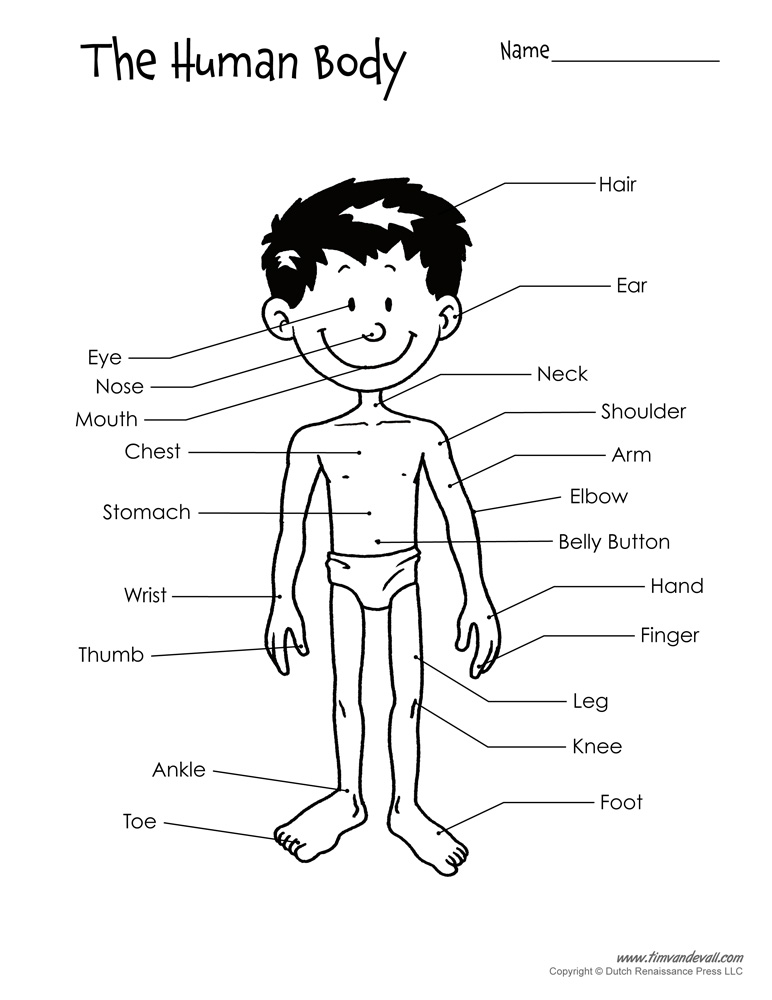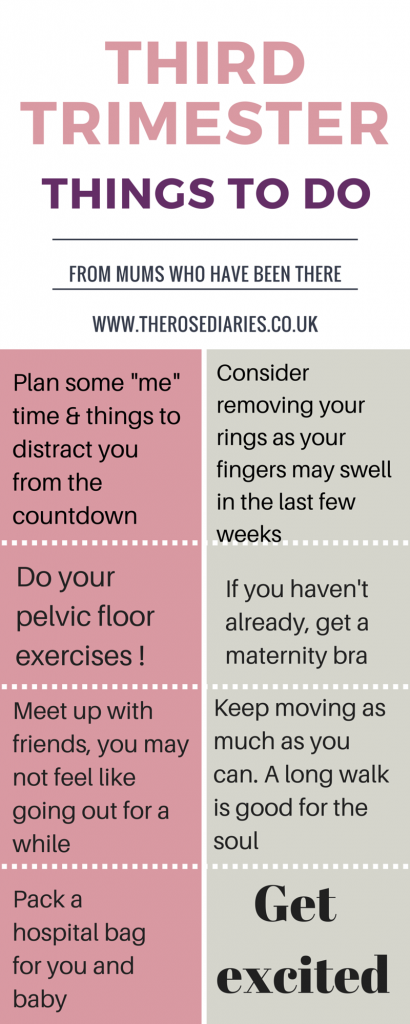Tens unit for labor and delivery
TENS during labor (Transcutaneous Electrical Nerve Stimulation)
Hi, everyone! My name’s Rebecca Dekker, and I’m a nurse with my PhD and the Founder of EvidenceBasedBirth.com. In today’s video we’re going to talk about using TENS, or transcutaneous electrical nerve stimulation, for pain management during labor.
What is TENS?
TENS is a non-drug, or non-pharmacological way to help manage pain. You can buy TENS units online or at a local drugstore. I picked this one up from the Walgreens down the street from me and it cost about $30. TENS consists of a handheld, portable device that is connected to electrodes. Electrodes typically come on these pads. This is a small pad, and this here is an example of a larger pad, both still in their packaging. You would connect the unit to those electrodes, either directly or sometimes using wires. You would then place the pads on the body. Through the electrodes, mild electrical pulses are sent through the skin and the body to the person’s spinal cord and brain.
When you’re using TENS during labor, you might feel a buzzing, tingling, or prickling sensation wherever the pads are placed. It’s easy to administer, and the person who is receiving the TENS can control the intensity of the sensation using the buttons on the device.
TENS during labor is most frequently applied to the lower back, on either side of the spine. Mothers can adjust the intensity of the TENS unit as needed during contractions. TENS can also be applied by trained specialists to acupuncture points. TENS can be used in combination with other non-drug and drug methods of pain relief – except with hydrotherapy, or water immersion. You shouldn’t be using it anywhere near water. It’s also not supposed to be used together with heat. TENS therapy can be stopped at any time, and does not have any residual effects. For example, you could stop it if you wanted to get into the tub or remove the electrodes to have a back massage.
History of using TENS for pain relief
TENS units have been used to relieve pain for a variety of conditions since the 1970s.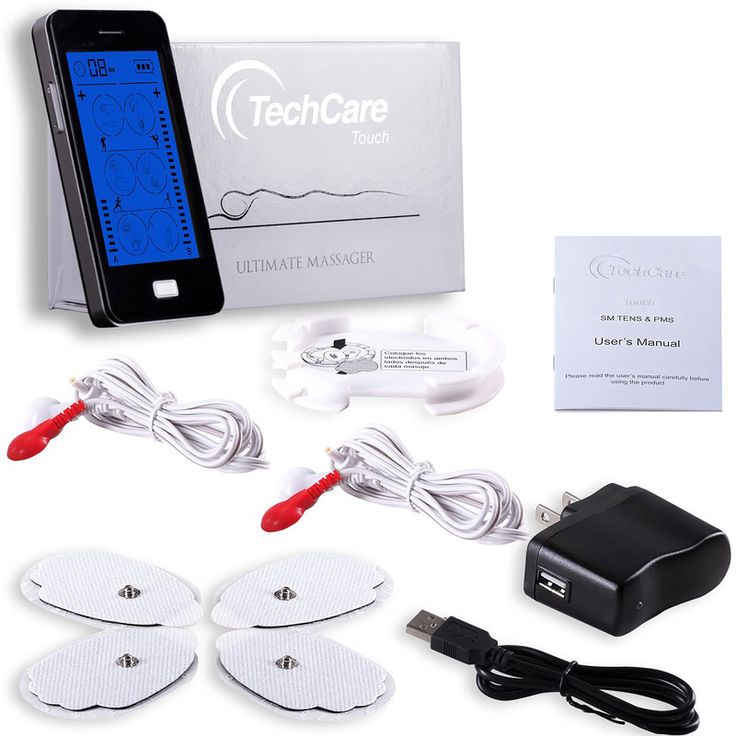 TENS has been used for menstrual cramps, arthritis, and several other chronic pain conditions. The FDA has actually approved TENS for use post-surgery and for traumatic pain. Interestingly, the history of using TENS for pain relief may date as far back as the year A.D. 63, when the physician to the Roman emperor reported that he could relieve pain by standing on electrical fish at the seaside.
TENS has been used for menstrual cramps, arthritis, and several other chronic pain conditions. The FDA has actually approved TENS for use post-surgery and for traumatic pain. Interestingly, the history of using TENS for pain relief may date as far back as the year A.D. 63, when the physician to the Roman emperor reported that he could relieve pain by standing on electrical fish at the seaside.
TENS first started being used during labor in the 1970s, but it started to become more popular in the 1990s. Its use really varies by country. For example, in a 2009 survey of most birthing units and hospitals in England, they found that all 139 of those maternity care units supported and encouraged the use of TENS during labor. However, only about one in five of the maternity care units had their own TENS units that women could borrow during labor. The rest of them expected the consumer to come in with her own TENS unit to use.
How might TENS work to help manage pain?
Well, researchers think that TENS might work by changing how a person perceives their pain.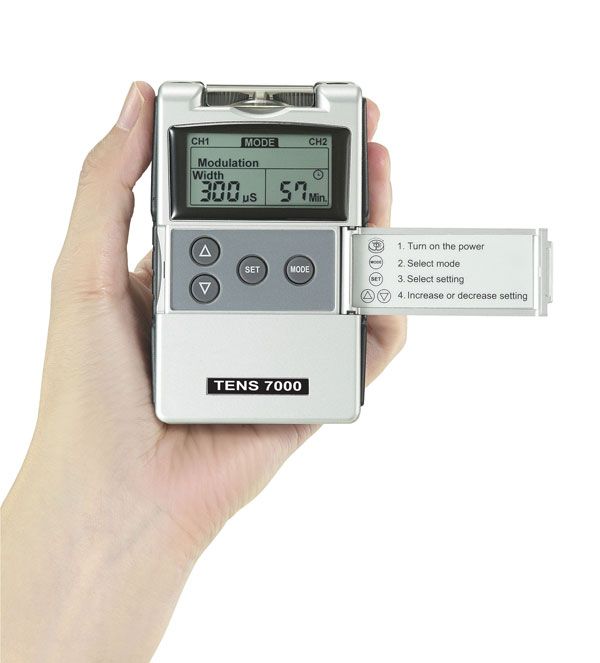 If you haven’t already, I highly recommend that you go back and watch our video all about the overview of pain management during labor. In that video, we talk about the different ways that pain management techniques might work.
If you haven’t already, I highly recommend that you go back and watch our video all about the overview of pain management during labor. In that video, we talk about the different ways that pain management techniques might work.
When you use TENS at a low-intensity level, it is probably working through the Gate Control Theory. The Gate Control Theory says that there’s only a certain amount of stimuli that can get through to the brain. In other words, there is a “gate” that only lets so much sensory information through. So, with TENS, you’re kind of flooding the brain with this sensory buzzing feeling so that the brain can’t really perceive the sensation from labor contractions as much.
High-Intensity TENS and Diffuse Noxious Inhibitory ControlHowever, if you are using high-intensity TENS (with the intensity turned way up), researchers think it might work to relieve pain in a different way.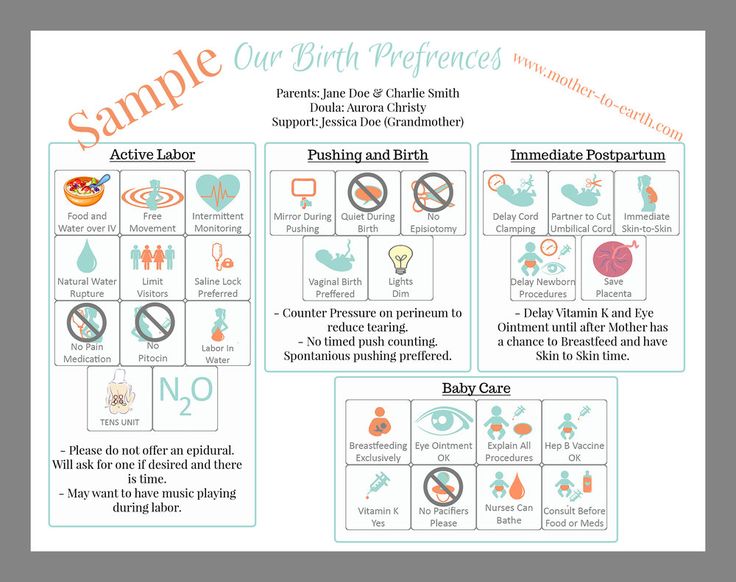 The idea behind this other mechanism, which has a long name called Diffuse Noxious Inhibitory Control, is that by stimulating the body with another source of pain, you trigger the body to release its own natural pain relieving hormones called endorphins. In other words, you’re creating a painful sensation to encourage your body to release those endorphins, which act kind of like your own morphine supply.
The idea behind this other mechanism, which has a long name called Diffuse Noxious Inhibitory Control, is that by stimulating the body with another source of pain, you trigger the body to release its own natural pain relieving hormones called endorphins. In other words, you’re creating a painful sensation to encourage your body to release those endorphins, which act kind of like your own morphine supply.
Researchers also think that TENS during labor might work by decreasing anxiety, making you feel like you have more control over your labor, and by providing a distraction from labor contractions.
How do I select a TENS unit and learn to use it?
There are a variety of different types of TENS units available. Mothers typically report that they like the larger pads because labor pain can be spread out. Mothers also report that they like having a boost button that they can push as needed during a contraction. The TENS unit that I purchased does not have that button, but there are some on the market that do have a boost button.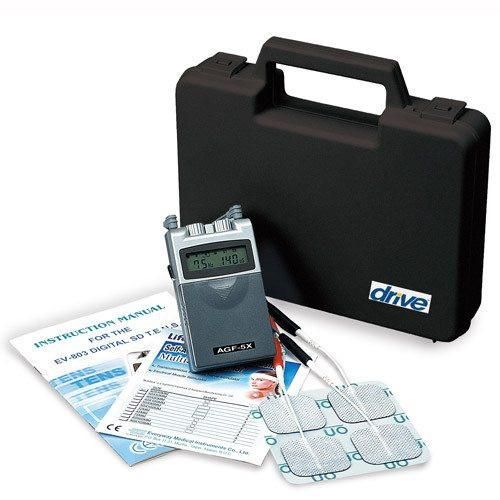
TENS can be purchased by consumers without a prescription. Like I said, I just went to my local drugstore and got one. TENS can really be used without any special training other than reading the very long safety insert. However, there are options for doulas and other healthcare professionals to get formal training in how to use TENS safely and effectively. I’ll link to some of those trainings in the blog article for this video. In the research articles that I’m going to talk about in just a minute, TENS was often applied to the lower back without any special training, but in some studies there was a trained acupuncturist who applied it to special acupuncture points.
What is the evidence on using TENS during labor?
We found three systematic reviews of the research; all were published in the year 2011. Because they had similar findings and looked at similar studies, we’re going to focus on the Cochrane Review from 2011.
Dowswell et al. (2011) Cochrane Review and Meta-AnalysisIn this review, researchers combined 17 randomized controlled trials with about 1,500 participants total.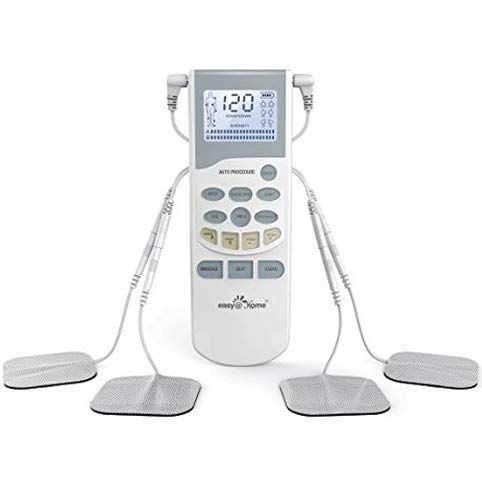 The control groups varied between the studies. Some of them used routine care, some of them used a placebo TENS (where they applied it to the back but didn’t turn the unit on, or used an extremely low intensity), and some of them compared TENS to other methods of non-drug pain relief. Overall, 10 of the 17 trials were placebo-controlled with a TENS unit that was either not turned on or had a very low electrical current. Unfortunately, some of the participants in the studies may not have been truly blinded to what treatment they were receiving – the true treatment or the placebo – because it’s possible that they may have realized that their TENS unit was not turned on.
The control groups varied between the studies. Some of them used routine care, some of them used a placebo TENS (where they applied it to the back but didn’t turn the unit on, or used an extremely low intensity), and some of them compared TENS to other methods of non-drug pain relief. Overall, 10 of the 17 trials were placebo-controlled with a TENS unit that was either not turned on or had a very low electrical current. Unfortunately, some of the participants in the studies may not have been truly blinded to what treatment they were receiving – the true treatment or the placebo – because it’s possible that they may have realized that their TENS unit was not turned on.
Overall, there was little difference in pain ratings between people who had TENS and people in the control group. However, they found that people using TENS applied to acupuncture points were less likely to rate their pain as severe compared to the control group. More people who were assigned to true TENS were likely to say that they wanted to use it in future labors compared to those in the placebo group.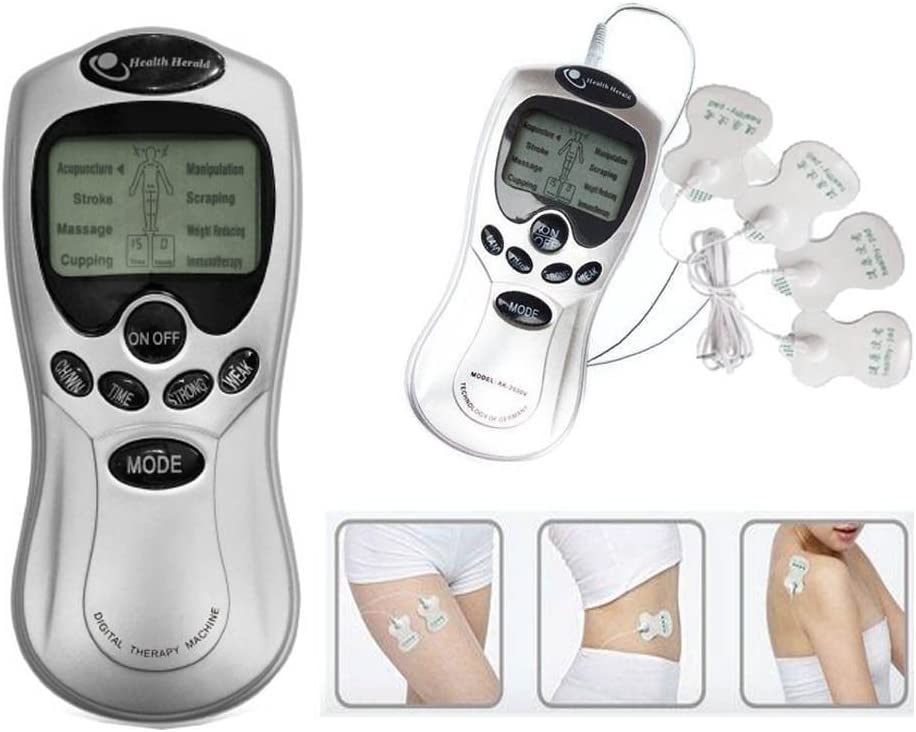 However, a surprising number of people in the placebo group also reported that they would like to use that treatment in future labors (not knowing that it was a placebo). This suggests that simply having the TENS unit applied to you, whether or not it’s turned on, may help by distracting you from labor and giving you a sense of control.
However, a surprising number of people in the placebo group also reported that they would like to use that treatment in future labors (not knowing that it was a placebo). This suggests that simply having the TENS unit applied to you, whether or not it’s turned on, may help by distracting you from labor and giving you a sense of control.
There were three studies that looked at using TENS in addition to an epidural. So, people had an epidural and they were also randomly assigned to have TENS during labor or not. The researchers found that it did not provide any additional benefits to reducing pain levels when you add TENS to an epidural.
There were no bad outcomes or adverse events in any study; however, there may have been some skin irritation under some of the pads. There was one case in all of the studies where the TENS did interfere with electronic fetal monitoring, but that only happened with one patient.
Since that 2011 review came out, there have been three more randomized controlled trials on this topic that were too new to be included in that review.
In 2017, researchers from Iran reported the results of their randomized controlled trial where they assigned 90 first-time mothers to low intensity TENS, placebo TENS (where the device was turned off), or to routine care. They started the treatment on the back at about four centimeters dilation, and the treatment continued until the time of birth.
After about one hour, the average pain scores were not different between the groups; however, they saw significant differences in pain levels at two, three, and four hours after the treatment began. For example, in the second stage of labor, during the pushing phase, only 20% of the people in the TENS group reported their pain as severe compared to about 83% – 87% of people in the other two groups. When they asked people about four hours after the birth how they recalled the severity of their pain, only 7% of people in the TENS group recalled severe pain compared with 43% of people in the placebo group, and 60% of people in the standard care group.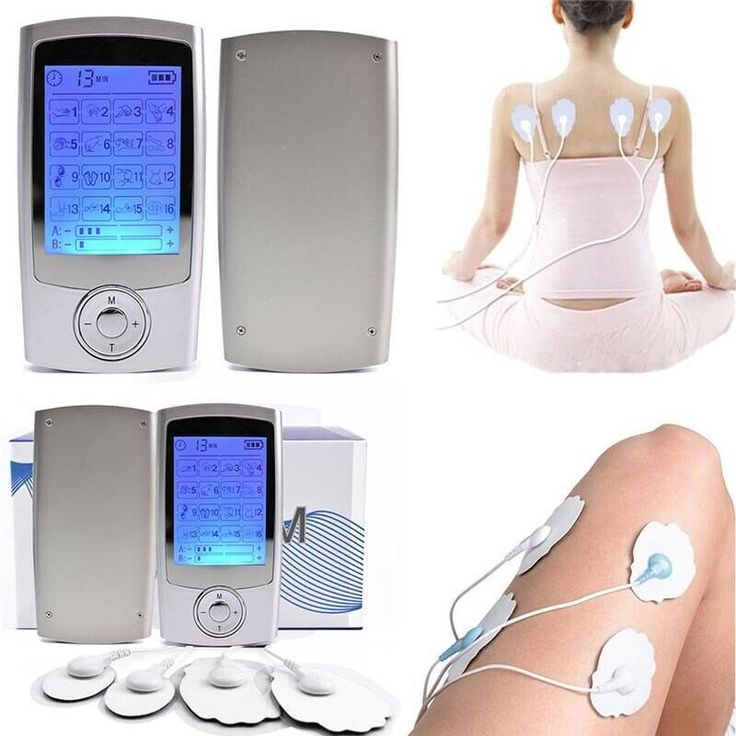
In another study, researchers in Brazil randomly assigned 46 first-time mothers to either TENS or standard care. They did not attempt to use a placebo TENS in this study. In the experimental group, once mothers reached four centimeters dilated, TENS was applied once to the back for 30 minutes. The intensity of the TENS was determined by the person who was laboring.
Before they started the intervention, about 70% of people in both groups reported that their pain was a seven or higher on the zero to ten pain scale. But after the intervention, only 34% of people in the TENS group said that their pain was a seven or higher compared with 83% in the standard care group.
On average, people who were randomly assigned to receive TENS ended up waiting about seven hours before they requested additional medication for pain relief compared to two hours in the group that did not receive TENS. So, TENS may have helped the people in the treatment group postpone their need for pain medication.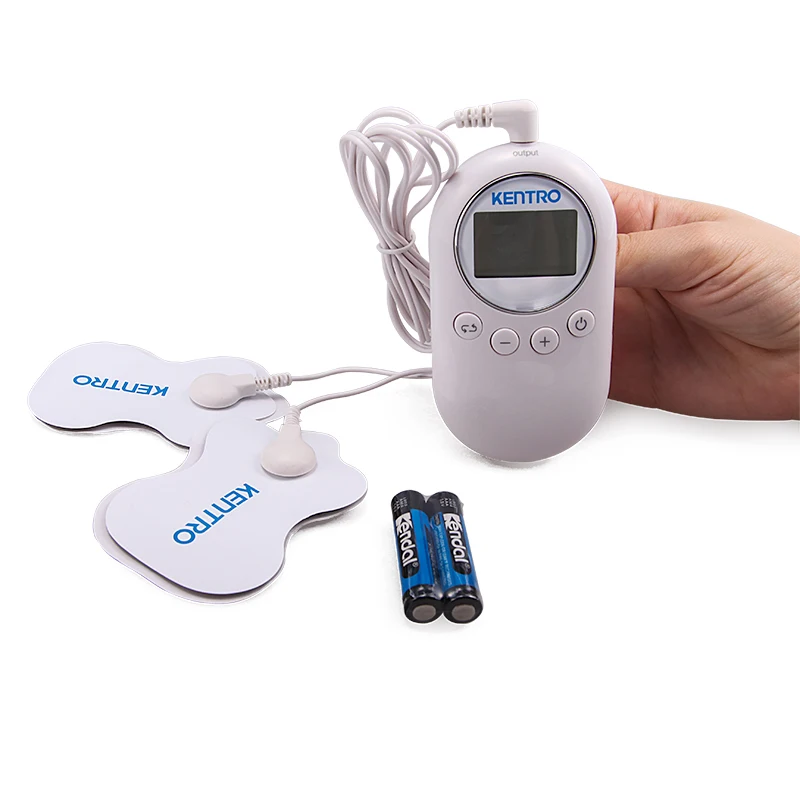 This study found no differences in reports of maternal satisfaction with TENS or no TENS.
This study found no differences in reports of maternal satisfaction with TENS or no TENS.
Finally, in 2013, researchers in Egypt randomly assigned 100 people in active labor to either receive low-intensity TENS applied to the back, or to receive Pethidine/Demerol, which is an injectable narcotic. TENS was used in the experimental group until the participants reached 10 centimeters dilation.
They found a decrease in pain scores in both groups, but there was no significant difference between the groups. Forty-eight hours after the birth, the people who were randomly assigned to receive TENS during labor were much more satisfied with their birth, on average, compared to the people who received the injectable pain medication. Of those who received TENS, 83% reported being satisfied compared with only 10% of those who received Demerol.
In addition to low satisfaction, the people who received Demerol also reported side effects such as drowsiness, nausea and vomiting.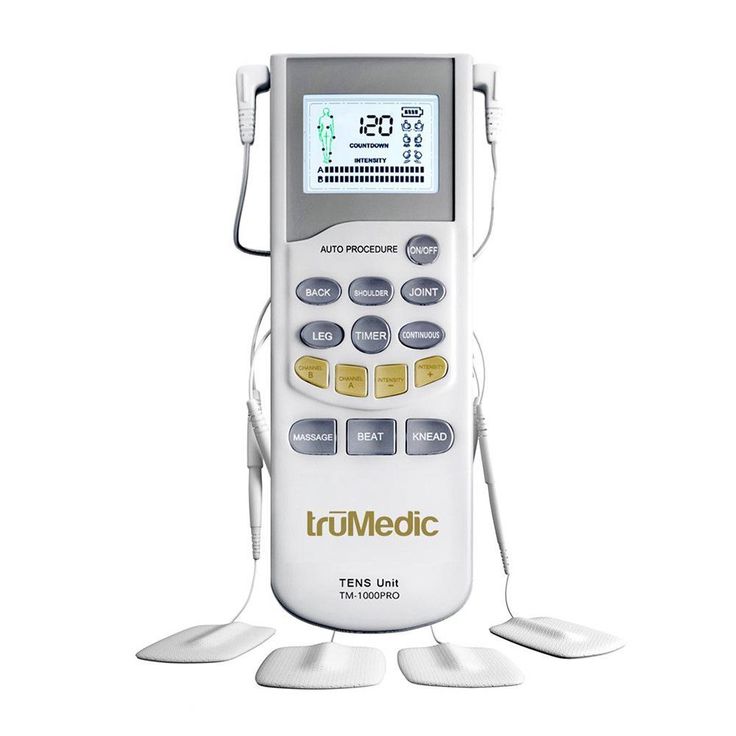 Babies in the Demerol group also had lower Apgar scores after birth. There were no bad side effects reported in the TENS group. The results from this study are not surprising. If you look at our video about using IV opioids, or injectable opioids during labor, Demerol is considered to be a not safe option because of its effects on babies and mothers in terms of their breathing.
Babies in the Demerol group also had lower Apgar scores after birth. There were no bad side effects reported in the TENS group. The results from this study are not surprising. If you look at our video about using IV opioids, or injectable opioids during labor, Demerol is considered to be a not safe option because of its effects on babies and mothers in terms of their breathing.
Conclusion
In summary, there is a need for more high quality research on this topic. At least 11 randomized controlled trials have attempted to compare true TENS to a placebo TENS, where the device is either turned off or at a very low intensity. However, we’re not quite sure if those researchers did a good job of blinding, or making sure that people who received the placebo were blinded to the fact that they were receiving a placebo.
There is some evidence from the Cochrane Review and from the recent randomized controlled trials that using TENS during labor does decrease pain and may increase maternal satisfaction. Most people who use TENS say that they would use it again in a future labor. There was also one recent randomized controlled trial that found that the use of TENS delayed or postponed the use of medications for pain relief.
Most people who use TENS say that they would use it again in a future labor. There was also one recent randomized controlled trial that found that the use of TENS delayed or postponed the use of medications for pain relief.
TENS applied to the lower back during labor does seem to lower pain compared to placebo or routine care. One recent study that compared TENS to injectable opioids found that TENS relieved pain just as well as the injectable opioids, but without causing side effects for the mothers and babies. So far, researchers have not reported any bad side effects on mothers or babies from using TENS during labor; however, there has been limited research in this area.
The bottom line is that the available evidence does support the use of TENS during labor as an option for pain management.
I hope you enjoyed this video! Please feel free to check out our other videos in our pain management series. We also have a series all about natural labor induction methods. Thanks, bye!
Using a TENS Machine for Labor Pain: Is It For You?
Share on PinterestWe include products we think are useful for our readers.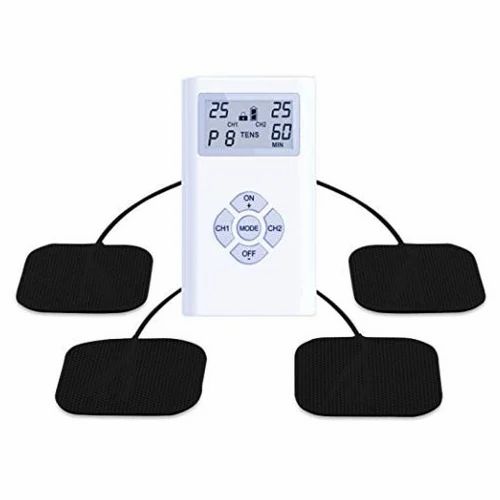 If you buy through links on this page, we may earn a small commission. Here’s our process.
If you buy through links on this page, we may earn a small commission. Here’s our process.
Reducing pain during labor is a top priority for most moms-to-be. But given the limited options for managing pain, some pregnant people seek a more natural approach that doesn’t involve the use of medications.
And that’s why some parents-to-be are curious about the safety and effectiveness of a transcutaneous electrical nerve stimulation (TENS) unit.
A TENS machine or unit is a small device, often battery operated, that is used to manage both acute and chronic pain.
The unit has wires connected to electrodes that are placed on the skin. The electrodes deliver low voltage electrical currents to targeted body parts to control pain signals in the body.
A practitioner familiar with TENS therapy places the electrodes at or near the nerves where the pain is located. These electrical currents or impulses can create short-term or long-term relief from pain.
Experts say TENS therapy works in a couple of different ways.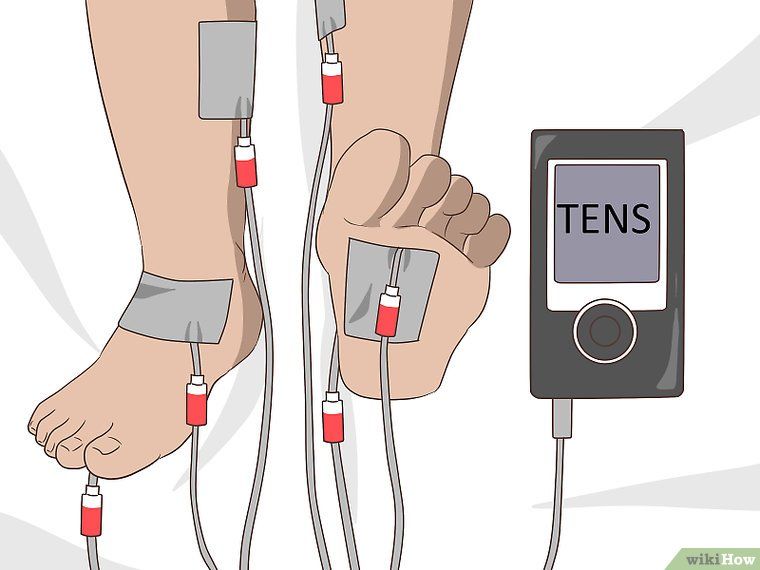 The first belief is that the electrical impulses affect the nervous system reducing its ability to transmit pain signals to the spinal cord and brain. But they also say that electrical impulses can stimulate the body to produce endorphins, a neurotransmitter that can help relieve pain.
The first belief is that the electrical impulses affect the nervous system reducing its ability to transmit pain signals to the spinal cord and brain. But they also say that electrical impulses can stimulate the body to produce endorphins, a neurotransmitter that can help relieve pain.
“TENS unit use has been known to alleviate period, joint, back, endometriosis, arthritis, fibromyalgia, sports injuries, and postoperative pain,” says Sherry Ross, MD, OB-GYN and women’s health expert at Providence Saint John’s Health Center.
It’s essential that you do your homework when choosing a TENS unit. Ross recommends looking for one that has a reliable and good track record with a strong output intensity and with sufficient electrical impulses.
“The higher the numbers, the more helpful it will be to alleviate the pain,” Ross says.
Ideally, Ross says you’ll want to buy a pharmaceutical-grade TENS unit, going with a reputable brand. You can buy a TENS unit online through Amazon, at a CVS or Walgreens pharmacy, or through an online retailer that sells medical supplies and devices.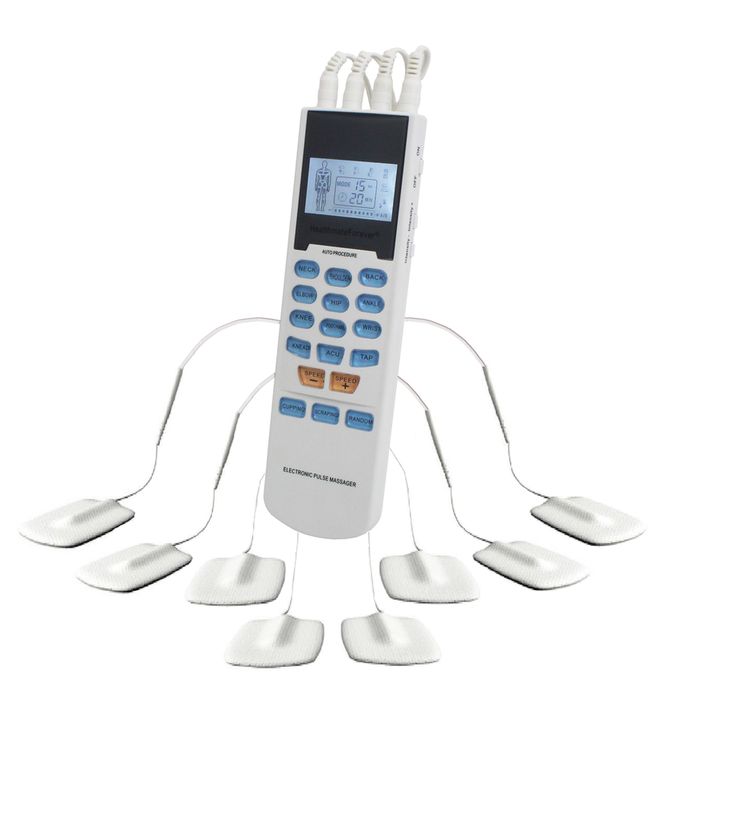
According to a review of the evidence, when using a TENS machine for labor pains, the electrodes are typically placed on your lower back, on specific acupuncture points, or on your head.
If you’re operating the unit yourself, you’ll regulate the intensity of the impulses during painful contractions. Most TENS units are small and battery operated, so you should be able to hold it in your hand or clip it to your clothing during contractions.
But if you’re not familiar with a TENS machine, it’s a good idea to consult with a physical therapist, midwife, or doctor who regularly uses this therapy. They’ll be able to show you how to place the electrodes on the skin as well as how to operate the machine to get the best results.
You can also hire a doula or midwife familiar with this method to operate the machine during labor. They’ll be able to place the electrodes and control the frequency of the currents coming from the TENS unit.
One of the main reasons parents-to-be consider a TENS machine is because it’s a drug-free alternative for pain management during labor.
According to Ross, the TENS unit’s ability to reduce pain sensation may be helpful in alleviating mild pain during labor. Some evidence points to the control it allows women to feel, which consequently reduces pain. It also provides a distraction from the contractions.
TENS therapy may also help reduce the dreaded low back pain that seems to strike so many women during the third trimester.
One 2012 study looked at the effectiveness of TENS in reducing low back pain during this period. Researchers divided 79 subjects into four groups: a control group and three treatment groups — one using acetaminophen, one using exercise, and the final group using TENS for pain management.
During the study period, researchers found that 57 percent of the control group experienced an increase in low back pain, while the TENS application reduced low back pain more effectively than exercise and acetaminophen.
In general, TENS therapy is considered mostly safe. That said, research involving the use of a TENS until during labor is minimal, at best.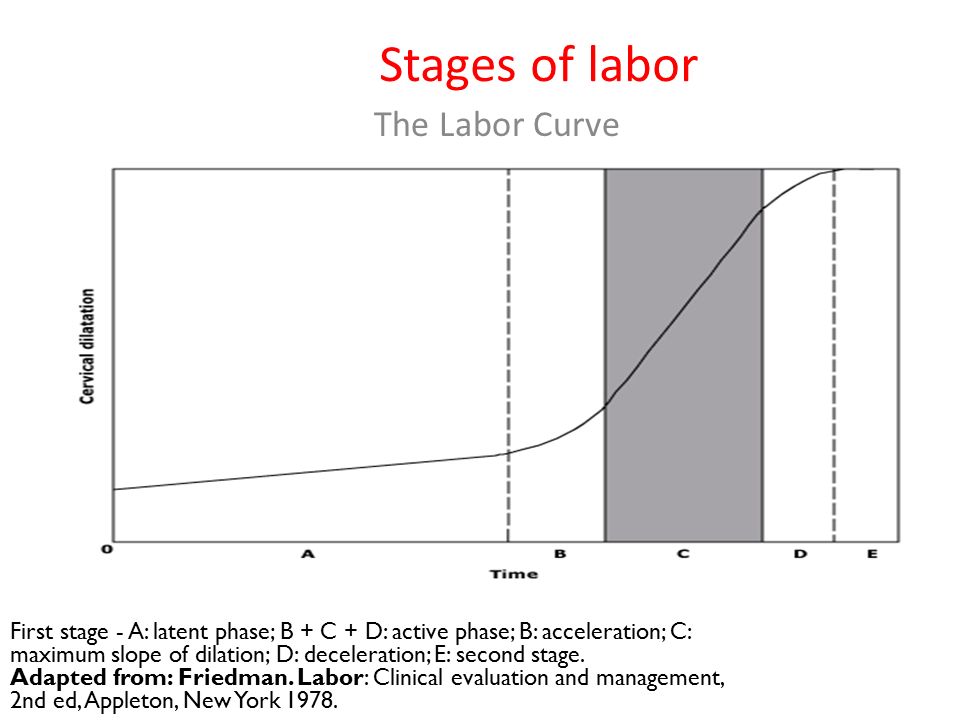
Ross says some of the things you may notice when using the TENS unit in labor include:
- muscle twitching
- tingling
- buzzing sensation
- allergic reaction
- irritation and skin redness from the adhesive pads on the skin
- burn marks as a side effect from the electrode pads
- lower blood pressure
- muscle spasms
TENS units are used to manage pain for a variety of conditions, including painful contractions during labor. But if this is your first time receiving treatment from a TENS machine, and you plan on using it for labor pains, Ross says to proceed with caution.
“Women who have never used the TENS unit for other pain conditions should not use it during labor for the first time,” says Ross. However, she does say the TENS unit may be useful for pain relief for women in labor if they have had success in the past using it for other painful symptoms — just don’t use it in conjunction with water immersion.
For all women, Ross says that since there are inconsistent results for women using the TENS unit, it should not be the only relied upon method for labor pains.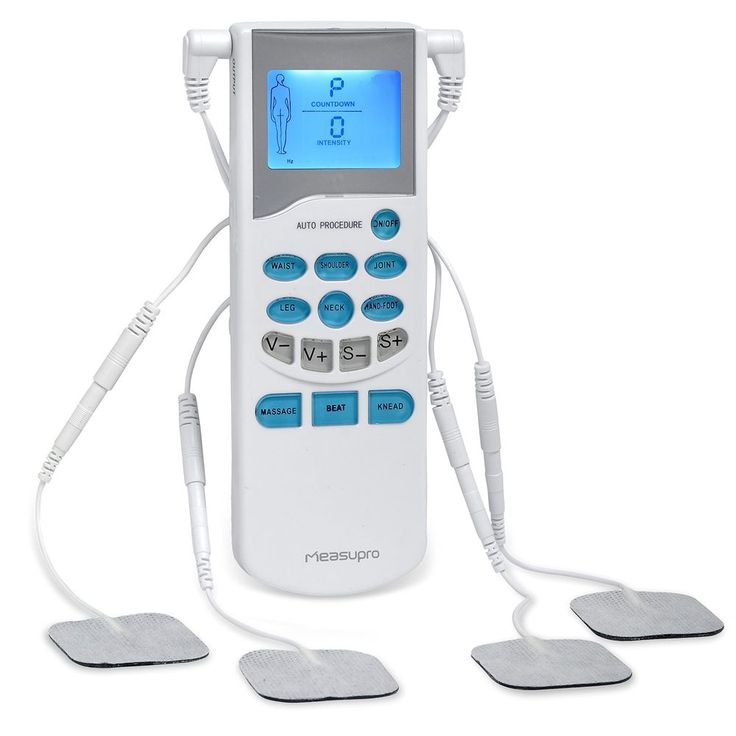
In other words, you may need to use other forms of pain management in combination with a TENS unit. Techniques like massage, relaxation, and breath exercises are all proven ways to help moms-to-be move through labor and childbirth with less pain.
Using a TENS unit during labor may help to manage pain. The effectiveness of the currents depends on the placement of the pads and the frequency of the currents coming from the machine.
There is minimal research regarding the effectiveness of TENS during childbirth. That’s why it’s essential that you consult with your doctor and other healthcare professionals familiar with this protocol. They can help you decide if using a TENS machine during labor is right for you.
Automation of production: 9 reasons to implement today
1. Increase labor productivity
Automation of production processes usually immediately significantly increases labor productivity. In one hour of time, you can produce more products.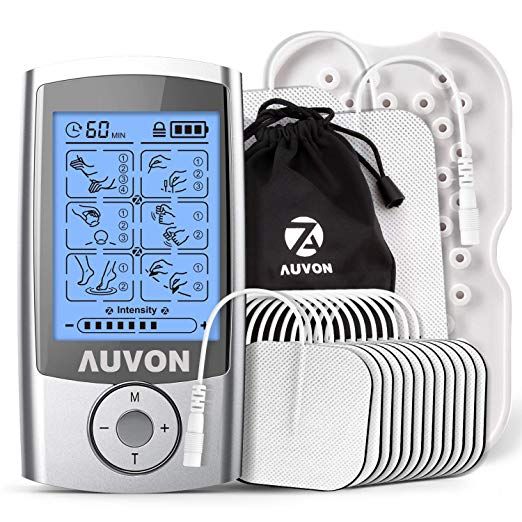 Isn't that what all entrepreneurs strive for?
Isn't that what all entrepreneurs strive for?
2. Reduce labor costs
The ever-increasing labor costs have always been a headache for industrialists. Today, machines are increasingly replacing human labor to reduce unit costs.
3. Alleviate the effects of labor shortages
Some industries are experiencing labor shortages, and this is encouraging businesses to automate their work. Don't have the right specialist? Perhaps this operation can be performed faster and better by a machine?
4. Reduce or eliminate routine tasks
Automating routine tedious tasks has social value. You do not waste the time and effort of professionals on “shifting papers” and “gluing stamps”. Automation of such tasks allows improving working conditions at the enterprise.
5. Improve worker safety
When you move employees from hazardous areas to drive machines, you increase not only their comfort, but also their safety.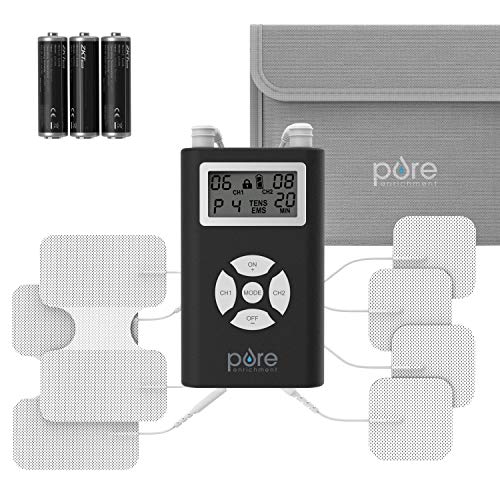 Standing at the open-hearth furnace or pressing the buttons in the engineering block - the difference is obvious.
Standing at the open-hearth furnace or pressing the buttons in the engineering block - the difference is obvious.
6. Improve product quality
Automation not only leads to higher production rates, but also helps to produce products that meet exacting standards. Reducing the proportion of defects is one of the main advantages of automation.
7. Reduce Lead Time
Automation helps reduce the time between a customer order and product delivery. This always becomes a competitive advantage.
8. Expanding the range of services
Some operations cannot be performed without the help of a machine. We are talking about high-precision computing, the production of micro-parts and more. By introducing automation, you expand your capabilities and can cover new niches, expand the range of goods and services.
9. Avoid the risk of losing market share
While you are thinking about whether to implement automation or not, competitors are already building the latest computer and releasing the first batches of goods many times faster and better than you.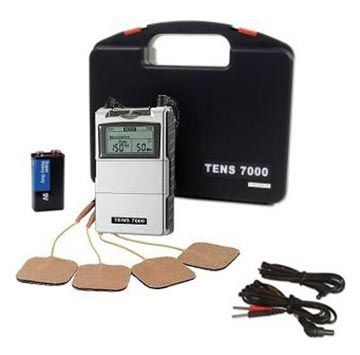
The main risk of abandoning automation today is to fall out of the cage tomorrow. Catching up with technological progress will be difficult.
The benefits of automation often manifest themselves in unexpected and sometimes even intangible ways, such as improved quality, increased sales, improved labor relations and improved company image. Companies that do not automate are likely to be at a disadvantage in the face of customers, employees, and the general public. But most importantly, such companies run the risk of forever being stuck in the past and eventually losing their market share.
Types of factory automation
The importance of automation is undeniable. We deal with the nuances: what types of automation exist and which ones are right for you.
Globally, three types of factory automation can be distinguished:
1) stationary automation
2) programmable automation
3) flexible automation
Stationary or fixed automation is when the sequence of technological operations is fixed by the equipment configuration.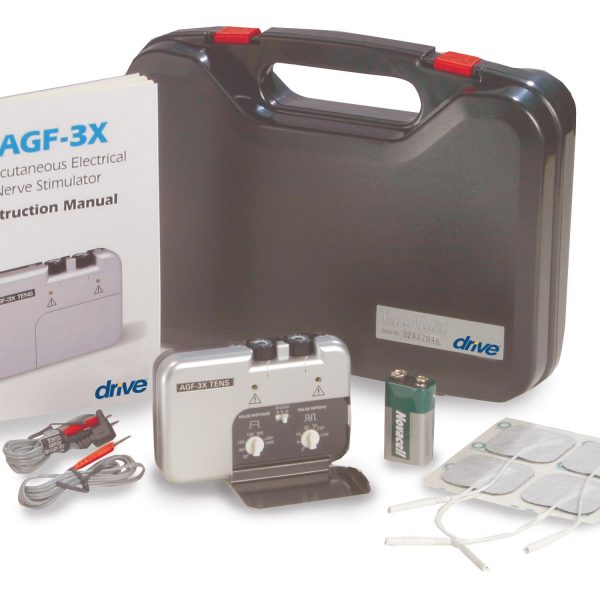 Programmed commands are not easy to switch from one product to another - they are designed to perform specific operations.
Programmed commands are not easy to switch from one product to another - they are designed to perform specific operations.
This form of automation is characterized by a high initial investment, but also by a high production rate. Suitable for products that are produced in large volumes. An illustrative example is the production lines in automobile factories.
Programmable automation means that machines can perform many tasks by changing the code or program. Suitable for the production of products in batches from several tens to several thousand units. For each new batch, the production equipment must be reprogrammed and modified to meet the new requirements. Of course, this reprogramming and readjustment takes time. The pace of production in programmable automation is usually lower than in fixed automation, but such machines are cheaper.
A good example of programmable automation is a CNC machine tool. The program is encoded in the computer memory for each individual type of product, and the machine is controlled by a computer program. Another example is industrial robots.
Another example is industrial robots.
Flexible automation is a set of equipment with numerical control, robotic technological complexes, flexible production modules, technological equipment that can work automatically for a given time interval. It requires more time to set up, but is considered the most efficient and modern solution. The thing is that the machine can be adapted to different applications. Flexible automation is ideal if you produce a large range of products or frequently change the range.
Identical products do not need to be grouped into batches, they can be produced one after the other.
How to teach a child to count - examples Grade 1
Counting is one of the basic skills that a preschooler should have. Teaching a child to count is easy, you just need to know how to properly organize the learning process. Children first develop visual-effective, and then visual-figurative thinking, so any mathematical operations must be demonstrated with practical examples.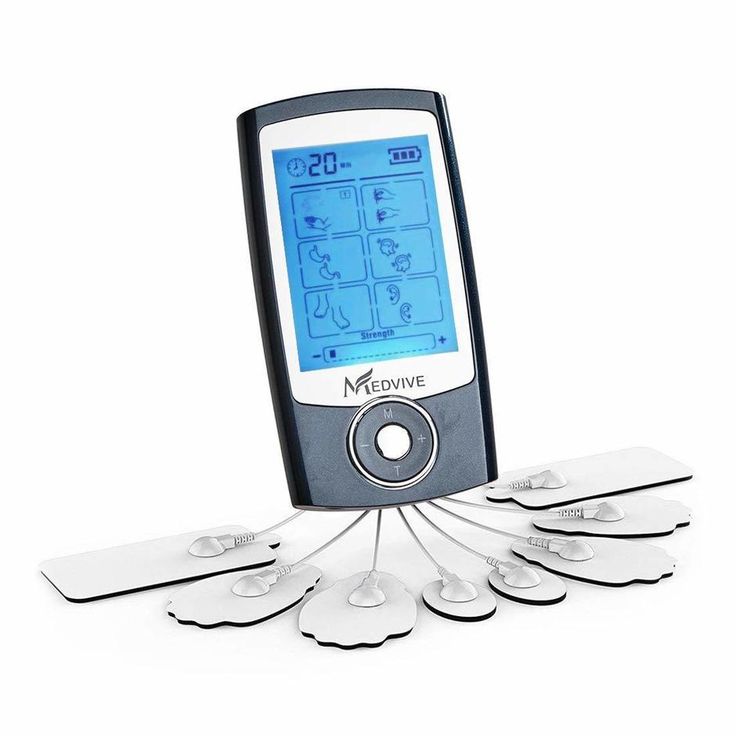 Let's see how easy it is to teach a child to count.
Let's see how easy it is to teach a child to count.
When to start teaching counting?
The optimal age for learning to count is between 3 and 5 years of age. At three years old, the thinking of the crumbs is already sufficiently developed to master this skill. Some babies are taught to count at an even earlier age by their parents.
Children who go to kindergarten learn numbers and the basics of counting there. But if your kid does not attend kindergarten, you can take care of his education yourself. Counting is one of the basic skills that is desirable to master before the child goes to school. Of course, no one will require a first-grader to solve complex mathematical problems. But the ability to add and subtract will greatly facilitate the student's learning process.
The first step in learning to count is getting to know numbers. Already at 1.5–2 years old, you can show the crumbs the numbers and tell what they are called. At this age, the baby is still unable to count objects, even knowing the numbers, but he already understands the difference between "one" and "many".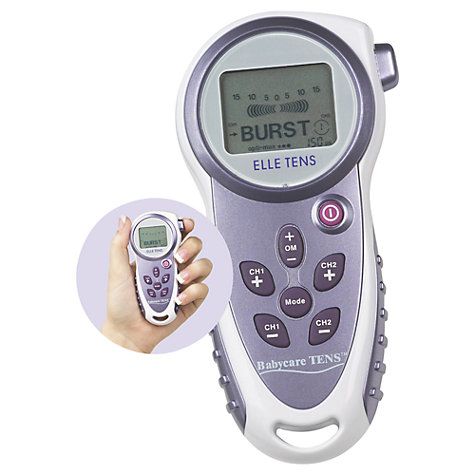 To solve this problem, CUVYRKOM has an excellent set of magnetic numbers and signs.
To solve this problem, CUVYRKOM has an excellent set of magnetic numbers and signs.
From the age of three, a baby can learn to count from 1 to 10, using specific tangible objects for this - sweets, apples, windows in a house or stairs. From 4–5 years old, the baby is already able to use not objects for counting, but numbers and count up to 20. And by the age of six, he can easily master counting up to 100 (and this is not the limit), as well as learn addition and subtraction.
Do not forget that everything is individual here. Some children learn mental counting almost from the cradle, while others can’t really add 2 + 2 until the school itself. And if your baby still can’t count, don’t be discouraged. Perhaps it is still small and you just need to wait a bit.
Methods for teaching counting
There are quite a few ways to teach a child to count correctly. Let's consider the most common.
- Finger counting. This is the easiest and most affordable method for which no manuals are needed.
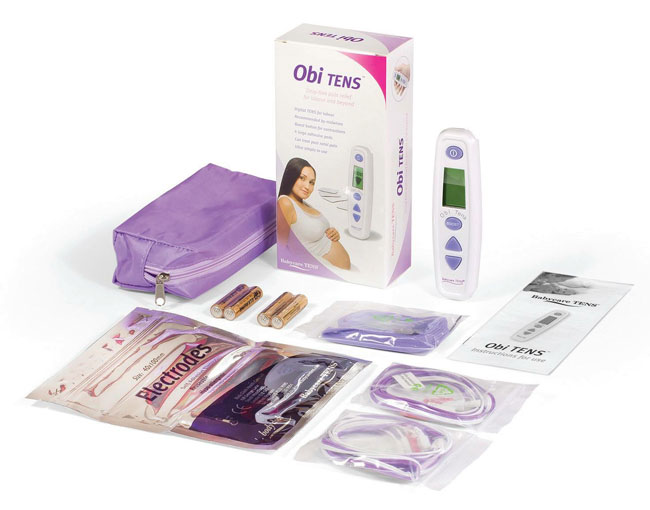 Fingers are always with the baby, so you can practice anytime and anywhere, for example, during a trip or standing in line to pass the time. You can learn to count up to ten on your fingers. But it’s difficult for a baby to remember ten numbers at once, so start with one hand. How to teach a child to count to 5, you can connect the second hand.
Fingers are always with the baby, so you can practice anytime and anywhere, for example, during a trip or standing in line to pass the time. You can learn to count up to ten on your fingers. But it’s difficult for a baby to remember ten numbers at once, so start with one hand. How to teach a child to count to 5, you can connect the second hand. - Counting sticks. This is a popular teaching tool used in kindergarten, school, preschool preschool. These sticks are usually sold in office supply stores and school supply stores. If you don't have chopsticks, you can replace them with matches or toothpicks.
- Counting cards. Cards are similar to sticks. You can buy a set of cards or make your own out of cardboard.
- Montessori method. It is very easy to teach a child to count using the Montessori method. It's like playing shop. You will need coins of different denominations and various items that the child will "buy".
- Doman technique.
 It is a set of cards with red dots. A certain number of dots are drawn on each card - one, two, three, etc.
It is a set of cards with red dots. A certain number of dots are drawn on each card - one, two, three, etc. - Zaitsev method. The main feature of the method is to immediately show the crumbs the numbers from 0 to 100. This is necessary so that he understands how many tens and ones are included in each number. To teach this technique, a set of special cards with numbers is used.
- Polyakov's method. This way to teach a child to count involves the use of cubes, a special box with cells for cubes and a set of cards with numbers.
You can choose any method you like or try everything and choose the one that suits your son or daughter the most. If you don’t want to buy teaching aids and master the intricacies of different methods, you can teach a child of 4–5 years old to count on fingers and improvised objects. And it’s also convenient to learn to count through the game. This can help you tabletops from CUVYRKOM.
How to teach your child to count to 10
The easiest way to learn to count to 10 is to use your fingers.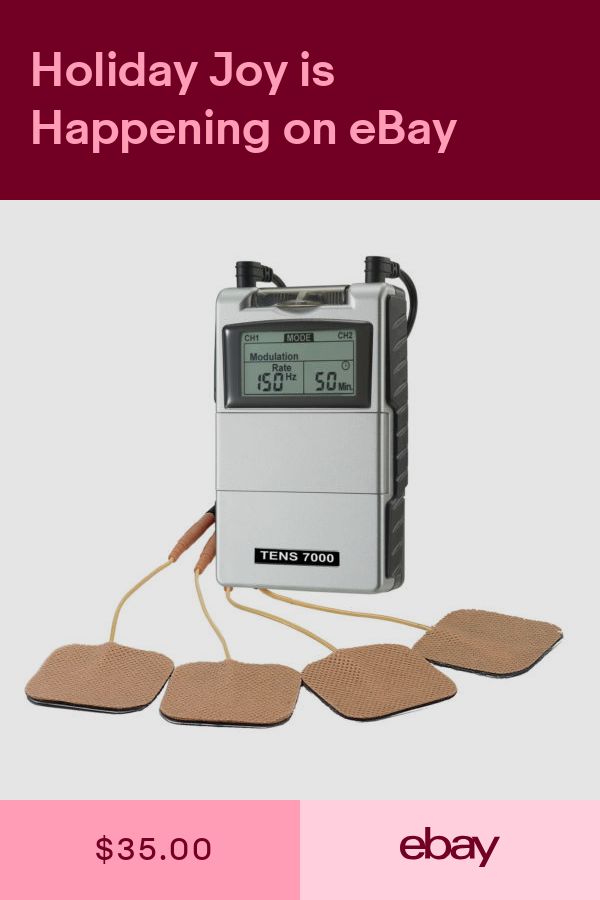 You can count on your fingers without even knowing how the numbers are written. The main thing is to remember their name and order. As a rule, babies do not have these problems, and they quickly learn to count on their fingers. Then you can teach your child to count from 10 to 1 (back counting).
You can count on your fingers without even knowing how the numbers are written. The main thing is to remember their name and order. As a rule, babies do not have these problems, and they quickly learn to count on their fingers. Then you can teach your child to count from 10 to 1 (back counting).
To make the baby learn faster and easier, do the following:
- As often as possible, focus on numbers. Tell your baby: “Now you are three years old, and next year you will be four”, “I bought five apples and three oranges”, “It's time to go to bed, it's already nine o'clock”, “In two days grandmother will come to visit us”. The child will learn that numbers and numbers are everywhere present in everyday life.
- Show pictures showing objects, people, animals within ten.
- Constantly train. Encourage your child to count anything - cars, trees, toys, people. You can do this on the way to the kindergarten, on a walk, at home.

Buy number cubes or a set of magnetic numbers. The kid will be happy to play with them, at the same time remembering how each number visually looks. When he can confidently count to ten, move on to the second ten.
How to teach a child to count to 20
To teach your son or daughter to count to twenty, you can use two pairs of hands - the child and yours. Sticks, cards and any other counting instruments are also suitable for this purpose. Explain to the baby the concept of "composition of a number." Show how two-digit numbers are formed by adding one single-digit number to another.
Take 10 counting sticks or any other items and place them in a row. Then add a stick of a different color to make the number 11. In the same way, demonstrate how the numbers 12, 13, and so on up to 20 are made.
Explain that the word "twenty" is an old word that means "ten." “One twenty” - it turns out 11, “two twenty” - 12, etc. That is, adding a number to ten, we get a new number and so on until we get “twenty” - two tens.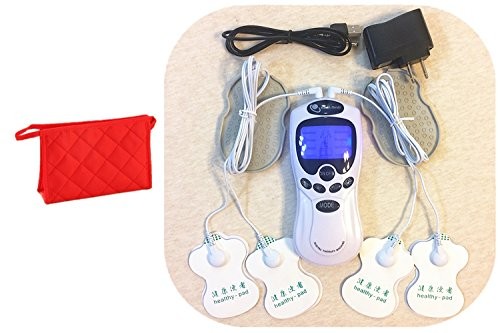
Take twenty sticks or other counting items and practice with them. When the baby learns to count well up to 20, you can move on to counting up to 30, 40, etc. If he understands how two-digit numbers are formed, there will be no difficulties with further learning.
How to teach a child to count to 100
If the child already knows how to confidently count to twenty, you can move on to counting to one hundred. First, practice remembering the correct sequence of tens of numbers: 10, 20, 30, 40 ... When the son or daughter remembers the sequence of tens, move on to adding ones, as described in the example with counting up to 20.
Do not try to learn all the dozens of numbers at once, so as not to overload the baby. Learn one ten a day. Before you take on the next ten, be sure to repeat the previous one. Take your time. Go to each new ten numbers only when the child firmly remembers the previous one. Otherwise, he will get confused and lose interest in learning.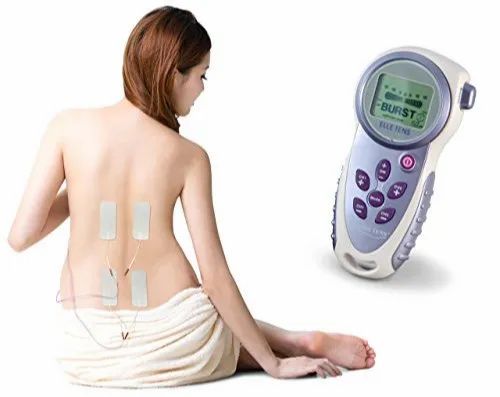 Consistency and patience are the main rules of training.
Consistency and patience are the main rules of training.
CUVYRKOM also has kits for learning to read
Teaching addition and subtraction
When preparing for school, it is useful not only to teach a child to count quickly, but also to solve elementary examples of addition and subtraction. The easiest way to get started with basic arithmetic is with sticks, dice, or other counting items. Fingers will work too.
Start teaching addition to your son or daughter with the simplest example: 1+1=2. Take one item and add another to it. Show the result. Now add two to the first item, then three. Let the baby practice on his own by adding different numbers.
Be sure to tell him that the amount does not change from changing the places of the terms. Let him verify this by adding 3+5 and 5+3, 2+4 and 4+2. After the kid has successfully mastered addition, proceed to subtraction.
And in this article you can read about learning to multiply.
Explain to him that addition and subtraction are related operations.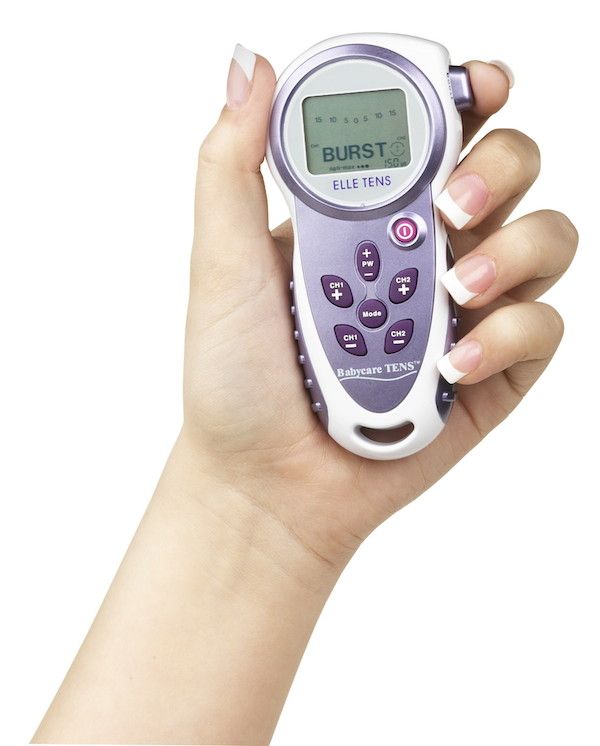 Show this relationship with an illustrative example. Take three sticks, add one to it - you get four. Now remove one stick and show that there are three left, as it was at the beginning. When the kid learns this principle, he will easily be able to solve examples for subtraction.
Show this relationship with an illustrative example. Take three sticks, add one to it - you get four. Now remove one stick and show that there are three left, as it was at the beginning. When the kid learns this principle, he will easily be able to solve examples for subtraction.
To make the rules easier to remember, translate them into simple, easy-to-understand examples. For example: “You have three sweets. You will share one with your mother. How much will you have left? or “Mom gave you two apples, and dad added three more. How many apples have you got? For greater clarity, you can take these sweets, apples, invite dad and reproduce the conditions of the problem in reality. Such activities will arouse much more interest in the crumbs than the boring memorization of abstract numbers.
Games and fun ways to help your little one learn to count
The easiest way to teach a child to count is through play. The following helper methods will help you with this.
Counting songs
Children perfectly perceive information by ear and easily memorize songs and rhymes.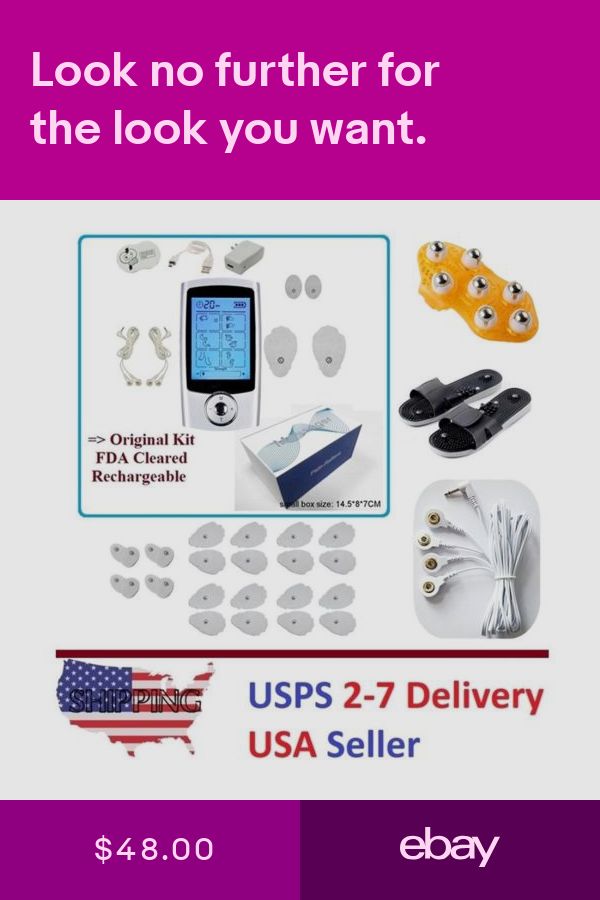 There are a lot of funny counting rhymes on YouTube that help just teach a child to count. You can turn them on to your little one, memorize with him, and then sing along throughout the day. With the help of these funny songs, you can learn not only numbers, but also the elementary rules of addition and subtraction.
There are a lot of funny counting rhymes on YouTube that help just teach a child to count. You can turn them on to your little one, memorize with him, and then sing along throughout the day. With the help of these funny songs, you can learn not only numbers, but also the elementary rules of addition and subtraction.
Sorting items
Buy your son or daughter a sorter box with cutouts in the form of figures of various shapes and a set of matching insert figures. The task of the kid is to pick up his figure for each hole and insert it there. This educational toy is very useful for children 2-4 years old. With its help, they learn to distinguish shapes in shape and color. The sorting process develops logic and teaches the basics of geometry. Another popular game is also suitable - Segen boards.
You can use not only the sorter for this purpose, but also the objects at hand. Invite the baby to sort buttons by color or size, spoons and forks, etc.
Lego
Games with the construction set perfectly train the mind and logical thinking.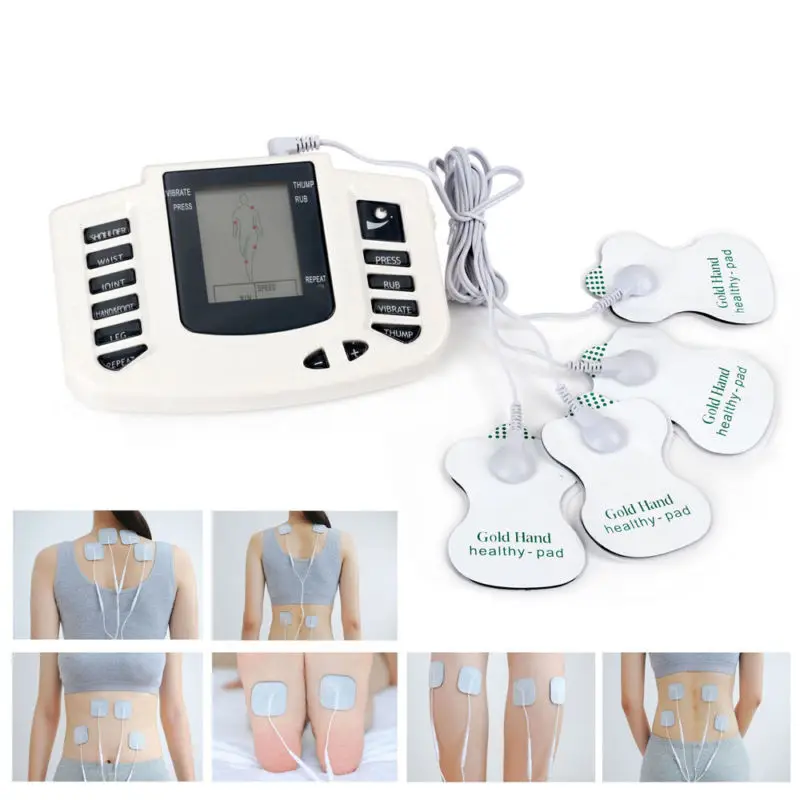 Since the details of the designer have different lengths and shapes, when assembling them, the kid has to think about what to attach to what. While the child is small, buy him a universal designer, consisting of simple rectangular and square blocks. As you grow older, you can buy themed sets in which you need to collect a certain figure (car, ship, tractor or robot).
Since the details of the designer have different lengths and shapes, when assembling them, the kid has to think about what to attach to what. While the child is small, buy him a universal designer, consisting of simple rectangular and square blocks. As you grow older, you can buy themed sets in which you need to collect a certain figure (car, ship, tractor or robot).
Memory Cards
This aid helps your child learn to count quickly and correctly. Buy a set of mnemonic cards that show numbers, and next to them - certain items in the appropriate amount. For example, 1 is one pear, 2 is two oranges. Such cards create a stable connection in the child's brain between the image of a number and its actual value.
It is good if the cards catch the eye of the baby as often as possible. There are magnetic models that can be hung on a special board or refrigerator. There are also cards designed in the form of a large poster that is hung on the wall.
How do you know if a child has learned to count well?
Mathematical knowledge of a preschooler can be called solid if he:
- without hesitation lists numbers from 1 to 10 (20) and in reverse order;
- understands the "neighbors" of a given number: which of them is greater and which is less;
- can count the number of objects within five, just by glancing at them;
- can count not only on fingers and objects, but also in the mind.
